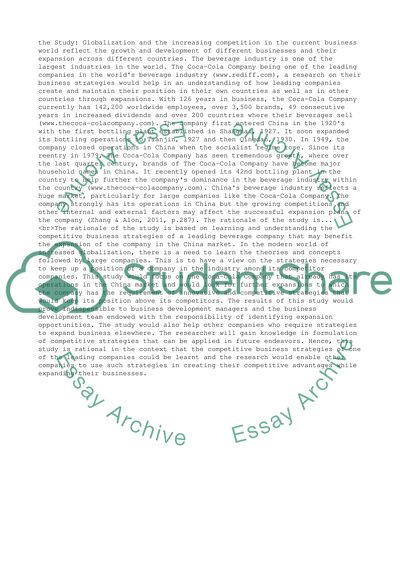Cite this document
(“Discuss Competitive Strategies Coca Cola Should Adopt to Develop Essay”, n.d.)
Retrieved from https://studentshare.org/management/1397399-discuss-competitive-strategies-coca-cola-should-adopt-to-develop-business-expansion-in-china
Retrieved from https://studentshare.org/management/1397399-discuss-competitive-strategies-coca-cola-should-adopt-to-develop-business-expansion-in-china
(Discuss Competitive Strategies Coca Cola Should Adopt to Develop Essay)
https://studentshare.org/management/1397399-discuss-competitive-strategies-coca-cola-should-adopt-to-develop-business-expansion-in-china.
https://studentshare.org/management/1397399-discuss-competitive-strategies-coca-cola-should-adopt-to-develop-business-expansion-in-china.
“Discuss Competitive Strategies Coca Cola Should Adopt to Develop Essay”, n.d. https://studentshare.org/management/1397399-discuss-competitive-strategies-coca-cola-should-adopt-to-develop-business-expansion-in-china.


